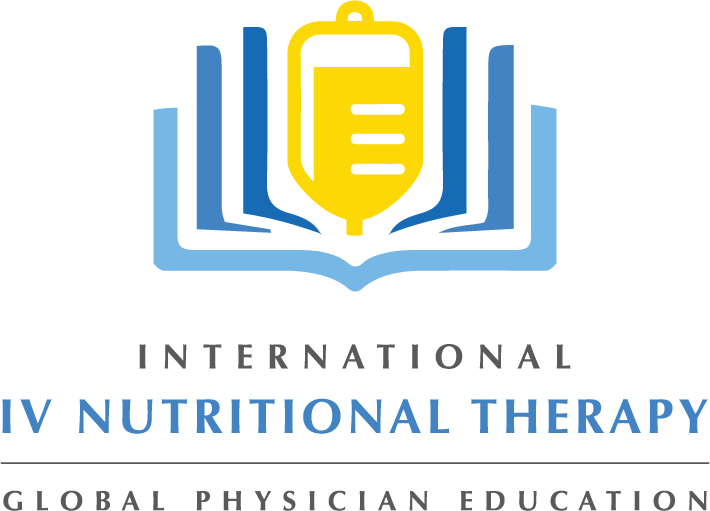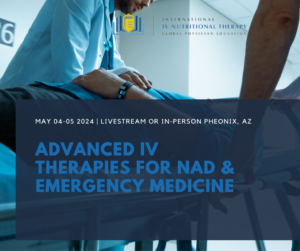Posted by Dr Dan Carter
The Trial to Assess Chelation Therapy (TACT) was published in the Journal of the American Medical Association (JAMA) on March 27, 2013. The objective was to determine if an EDTA-based chelation treatment reduces cardiovascular events. The trail was a double-blind, placebo-controlled, 2 × 2 factorial randomized design, enrolling 1708 patients aged 50 years or older who had experienced a myocardial infarction (MI) at least 6 weeks prior and had serum creatinine levels of 2.0 mg/dL or less. Participants were recruited in the US and Canada. Enrollment commenced in September 2003 and follow-up continued until October 2011 (median, 55 months). Two hundred eighty nine patients (17% of total; 115 in the EDTA group and 174 in the placebo group) withdrew consent during the trial.
A synopsis of the JAMA abstract: http://jama.jamanetwork.com/article.aspx?articleid=1672238
Patients were randomized to receive 40 infusions of 500 mL chelation solution (3 g disodium EDTA, 7 g ascorbate, B vitamins, electrolytes, procaine, and heparin) (n=839) vs. placebo (n=869) and an oral vitamin-mineral regimen vs. an oral placebo. Weekly infusions were administered for 30 weeks, followed by 10 infusions 2-8 weeks apart. Sixteen percent discontinued infusions (n=38 [16%] in the chelation group and n=41 [15%] in the placebo group) due to adverse events.
The pre-defined primary end point was a composite of total mortality, recurrent MI, stroke, coronary revascularization, or hospitalization for angina. This report describes the treatment comparison of EDTA chelation vs. placebo. The significance threshold required for final analysis was P = .036.
Qualifying previous MIs occurred a median of 4.6 years prior to enrollment. Median age was 65 years, 18% female, 9% nonwhite, and 31% diabetic. The primary end point occurred in 222 (26%) of the chelation group and 261 (30%) of the placebo group (hazard ratio [HR], 0.82 [95% CI, 0.69-0.99]; P = .035). There was no effect on total mortality (chelation: 87 deaths [10%]; placebo, 93 deaths [11%]; HR, 0.93 [95% CI, 0.70-1.25]; P = .64). The effect of EDTA chelation on the components of the primary end point other than death was of similar magnitude as its overall effect (MI: chelation, 6%; placebo, 8%; HR, 0.77 [95% CI, 0.54-1.11]; stroke: chelation, 1.2%; placebo, 1.5%; HR, 0.77 [95% CI, 0.34-1.76]; coronary revascularization: chelation, 15%; placebo, 18%; HR, 0.81 [95% CI, 0.64-1.02]; hospitalization for angina: chelation, 1.6%; placebo, 2.1%; HR, 0.72 [95% CI, 0.35-1.47]). Sensitivity analyses examining the effect of patient dropout and treatment adherence did not alter the results.
Among stable patients with a history of MI, use of an intravenous chelation regimen with disodium EDTA, compared with placebo, modestly reduced the risk of adverse cardiovascular outcomes, many of which were revascularization procedures. These results provide evidence to guide further research but are not sufficient to support the routine use of chelation therapy for treatment of patients who have had an MI.
End synopsis
The Mayo Clinic website gave better detail of the infusion solutions:
“For the TACT study, the protocol specified 40 infusions of at least three hours each — 30 weekly infusions followed by 10 maintenance infusions two to eight weeks apart. For the active chelation arm, a 10-component chelation solution was selected to match most closely the standard solution used by chelation practitioners. The solution contained up to 3 g of disodium EDTA, 7 g of ascorbic acid, 2 g of magnesium chloride, 100 mg of procaine hydrochloride, 2,500 U of unfractionated heparin, 2 mEq of potassium chloride, 840 mg of sodium bicarbonate, 250 mg of pantothenic acid, 100 mg of thiamine, 100 mg of pyridoxine, 100 mg of procaine, and sterile water to make up 500 mL of solution. The placebo solution consisted of 500 mL of normal saline and 1.2 percent dextrose.”
The following is a summary from http://my.americanheart.org/idc/groups/ahamah-public/@wcm/@sop/@scon/documents/downloadable/ucm_446204.pdf and gives an easier visualization of the benefits of EDTA chelation therapy.
- Composite endpoints: 18% reduction EDTA vs. placebo (p=0.035)
- Subgroups
- Diabetes: 39% reduction in composite endpoints vs. placebo (p=0.002)
- Non-diabetics: 0.04 % reduction vs. placebo (p=0.725)
- Anterior MI: 37% reduction vs. placebo (p=0.03)
The trial results were discussed extensively at the 2012 American Heart Association (AHA) annual meeting in Los Angeles, where the TACT results were presented. The usual answer in randomized placebo-controlled clinical trials — that the active treatment (chelation) is better than placebo — was not believed by most in attendance to be the cause. Three possible reasons were offered, including:
1. Difference in low-density lipoprotein cholesterol levels at baseline. Subjects randomly assigned to active chelation therapy had a lower baseline LDL than the placebo group (87 mg/dL vs. 90 mg/dL). This level of difference would be expected to result in 3 percent less major cardiovascular events after five years, very close to the 3.5 percent actually seen in the study.
- Comment Dr Carter – Cholesterol Treatment Trialists (CTT) meta-analysis in 2005, which reported the results for more than 90,000 subjects treated with statins in primary and secondary prevention trials. It found that for every 1 mmol/L (39 mg/dL) reduction in LDL-C, there was a 21% relative reduction in risk for major vascular events. This paper implies that the relationship between LDL-C and CV events is not linear, and in fact a 3 mg LDL-C decrease would lead to 1.6% less risk. This paper later suggests that there is a Log-linear relationship between LDL-C levels and relative risk for CHD.
Ref: Efficacy and safety of cholesterol-lowering treatment: prospective meta-analysis of data from 90,056 participants in 14 randomised trials of statins. Baigent C, Keech A, Kearney PM, Blackwell L, Buck G, Pollicino C, Kirby A, Sourjina T, Peto R, Collins R, Simes R, Cholesterol Treatment Trialists’ (CTT) Collaborators. Lancet. 2005 Oct 8; 366(9493):1267-78. http://www.ncbi.nlm.nih.gov/pubmed/?term=16214597. PMID: 16214597
2. Placebo glucose infusion in the diabetic group. Since most of the benefit of chelation was seen in diabetic patients, some postulated that the placebo glucose infusion may have led to increased adverse outcomes in this subset.
- Comment Dr Carter – It would be very difficult to design a trial using different placebos for different subgroups; analysis would be too confounded. The placebo infusion used in the TACT trial contained 1.2% dextrose (glucose) in 500 mL solution, this amounts to 6000 mg or 6 grams dextrose once a week, administered over 3 hours, during the most active portion of the trial. To put this in context, a 12 ounce Coca Cola contains 39 grams of sugar (19.5 grams each of dextrose and fructose), 8 ounces Minute Maid orange juice contains 21 grams sugar (mainly fructose), one slice white bread contains 50 grams carbohydrate (blood sugar spike will not be as rapid as glucose, but amount of carbohydrate is significant). It would seem that 6 grams glucose consumed over 3 hours would not spike blood glucose significantly.
- This from http://care.diabetesjournals.org/content/30/suppl_1/S48.full, Nutrition Recommendations and Interventions for Diabetes: A position statement of the American Diabetes Association, illustrates the point that 6 grams carbohydrate once a week is not significant; they are searching for implausible reasons!
Low-carbohydrate diets, restricting total carbohydrate to <130 g/day, are not recommended in the management of diabetes.
3. Incomplete data due to dropout. Seventeen percent of patients withdrew consent (3 percent-5 percent is common in large trials), which prohibited investigators from ascertaining any endpoint data, thereby potentially missing some major cardiovascular events.
- Comment Dr Carter – The TACT trial demanded major time commitments from enrollees. Travel time, administration of the infusion (3 hours plus time to start and disconnect IV, perform vital sign exams), and blood test collections. The majority of drug trials involve administration of an oral drug; something that can be done at the patient’s home or work, so it is not too surprising that 17% withdrew from the trial.
The AHA appears to be applying weak arguments to contest the significance of the outcomes.
Next post: A talk by the TACT Trial principle investigator and a review of the movie “Unleaded.”


